Tirana the Center of Sport
The capital of the European country of Albania
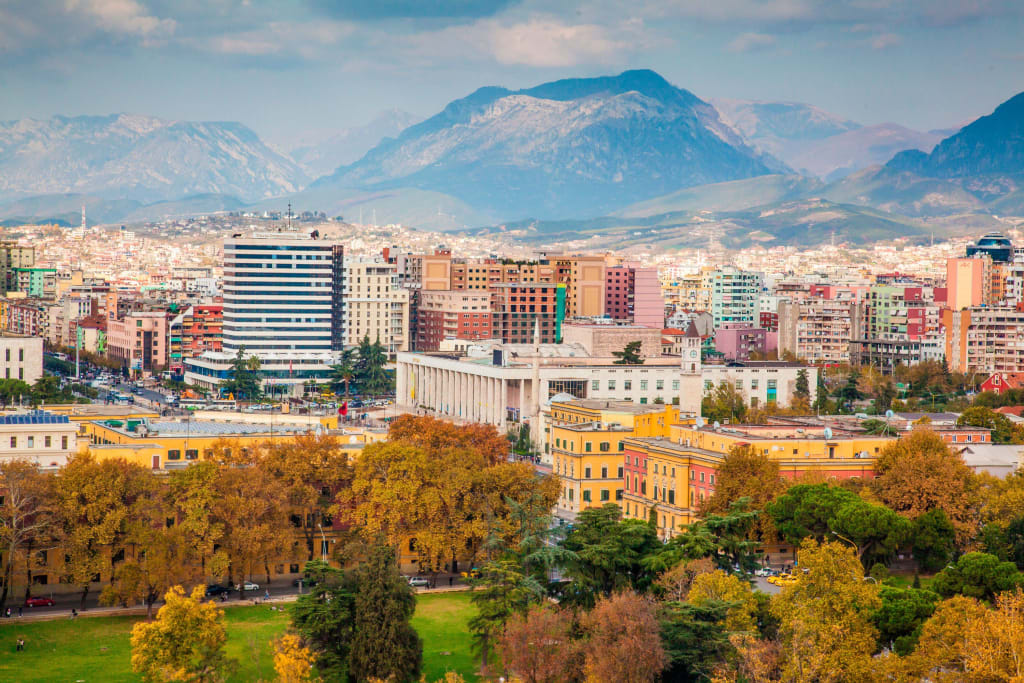
Tirana is the capital and largest city of Albania in southeast Europe. It has quite a lot to offer tourists and this city is the center of the economic, political, and cultural life of the country. The city is also the center of sports in Albania across amateur and professional levels.
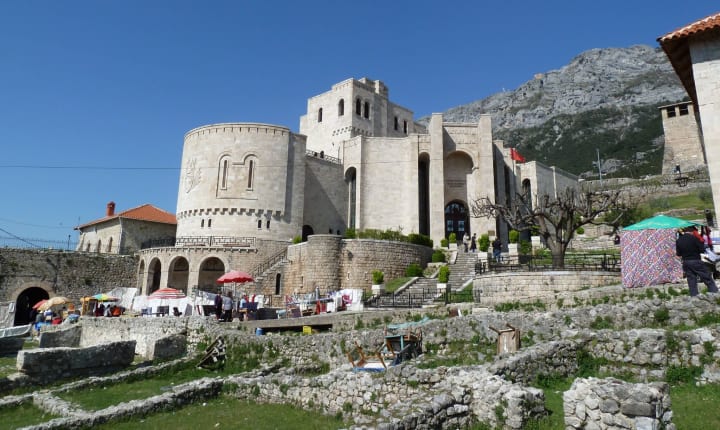
Tirana Castle or Fortress of Justinian dates back to before 1300. It is a remnant of the Byzantine era. This fortress was the place where all of the main east-west and north-south roads crossed and formed the heart of Tirana. Today you can still see a 6-meter-high Ottoman-era wall that is covered with vines. These recently uncovered wall foundations have been incorporated into Murat Toptani Street, which is a pedestrian street.
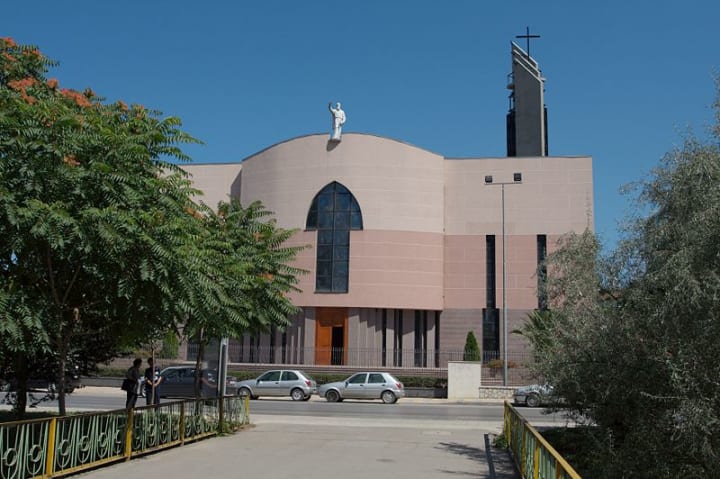
St. Paul’s Cathedral was consecrated in 2002. It was built by combining a triangular and circular shape to represent the Trinity and God’s Eternity respectively. Of interest are the front stained glass windows which feature both Mother Teresa and Pope John Paul II. Classical music concerts are held here.
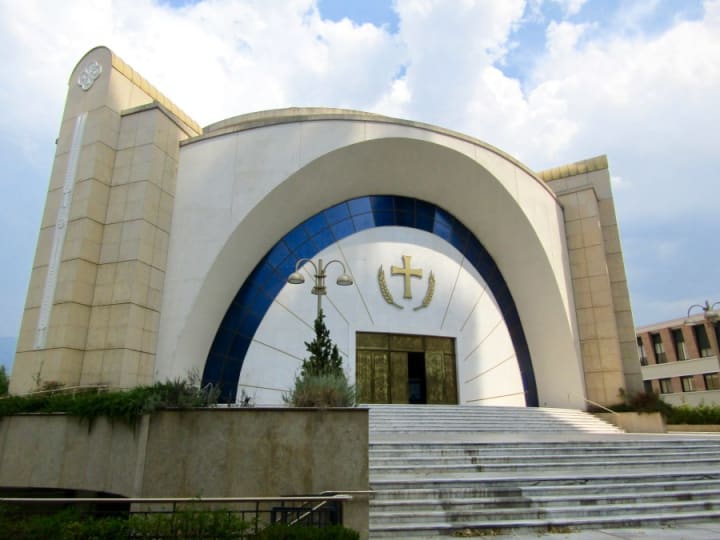
The incredibly large Christ’s Resurrection Cathedral opened its doors in 2012 and is the main center for the Albanian Orthodox Church. Its floor plan is about 1,660 square meters and has a 46-meter-high bell tower. At night the cathedral is all lit up.
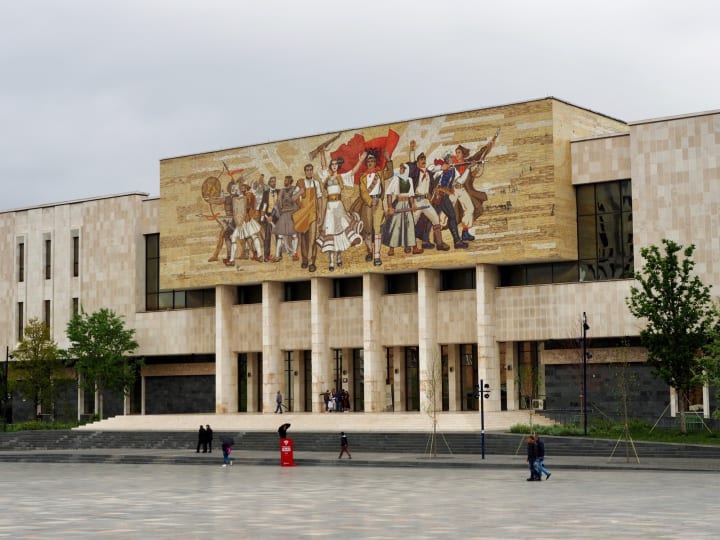
National History Museum is the largest museum in Albania. It is located in Skanderbeg Square. The museum has a colorful mosaic representing the most important phases of Albanian history. Exhibits focus on the history of the country from Paleolithic to Communist rule. Among the highlights are an exhibit of icons by Onufri and the replica of Skanderbeg's sword that was used to fight the Ottomans.
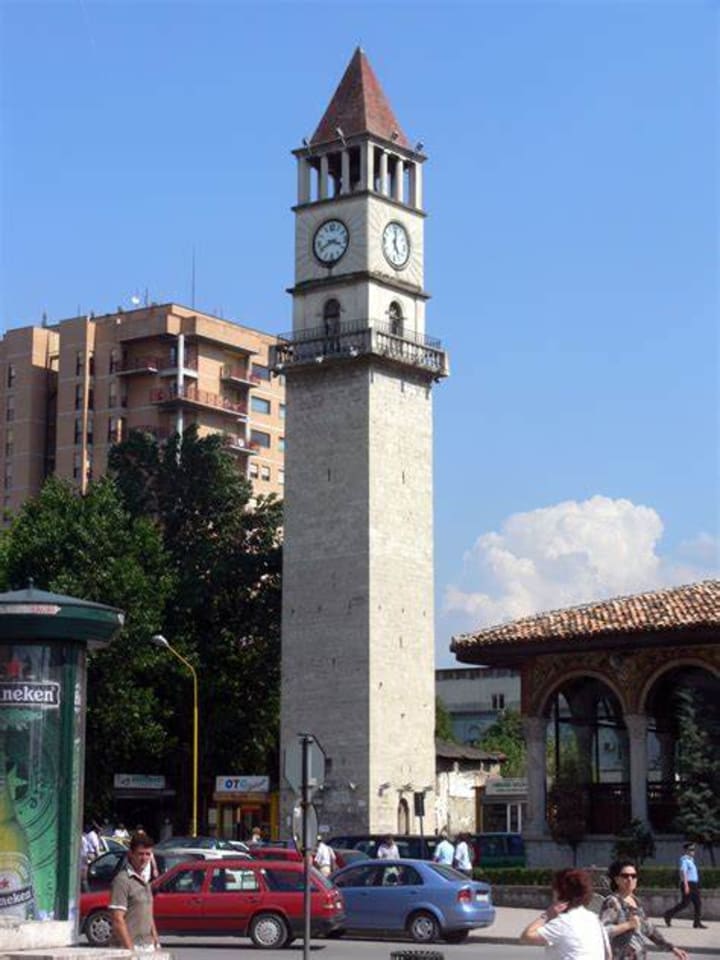
The Clock Tower is Tirana’s main landmark and dates back to 1822. It gets brightly lit up at night and can already be seen from the far end of Rr. Durresit upon entering the city. The tower is 35 meters high and has a German-made clock. You can see spectacular views of Tirana from the top of the tower. At sunset, the shadow of the clock falls over the mosque which was an event that long marked the closing time of the marketplace.
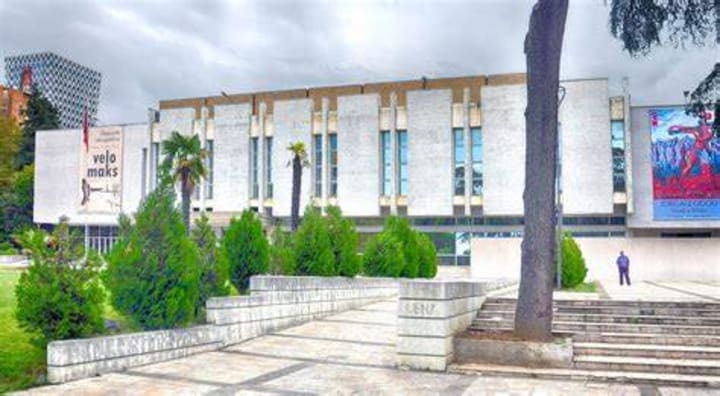
The National Art Gallery displays collections of Albanian paintings and sculptures dating back to the 19th century. Here you can see artworks by Vangjush Mio from Korca and Sali Shijaku’s female nude from 1961. On the upper floor are realist paintings from the 1920s and 1930s and Socialist Realist artworks showing heroic partisans and Albania’s industrial might. Among the contemporary art is the wonderful “Dusk” by Agron Bregu. At the rear of the building are some still-defiant Communist-era partisan statues with clenched fists toward the sky and huge statues of Lenin and Stalin that have now been wrapped in protective plastic.
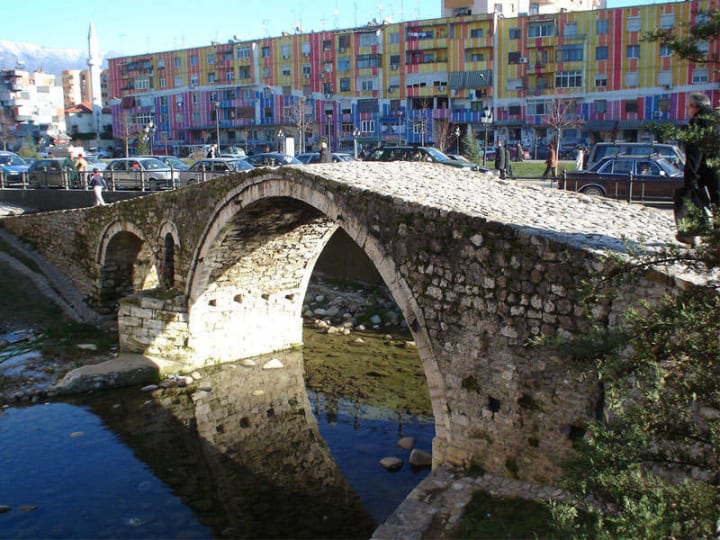
In the Ottoman part of Tirana, you can find an elegant Ottoman stone footbridge – Tanner’s Bridge, which at one time was the main connection between the city and the highlands toward the east. Stretching across the Lana River it was a way to get agricultural produce and livestock to the marketplaces. This was once an area of skinners and leather workers. The Lana River was rerouted in the 1930s and the bridge fell into disrepair. It has now been restored and is once again used by pedestrians.
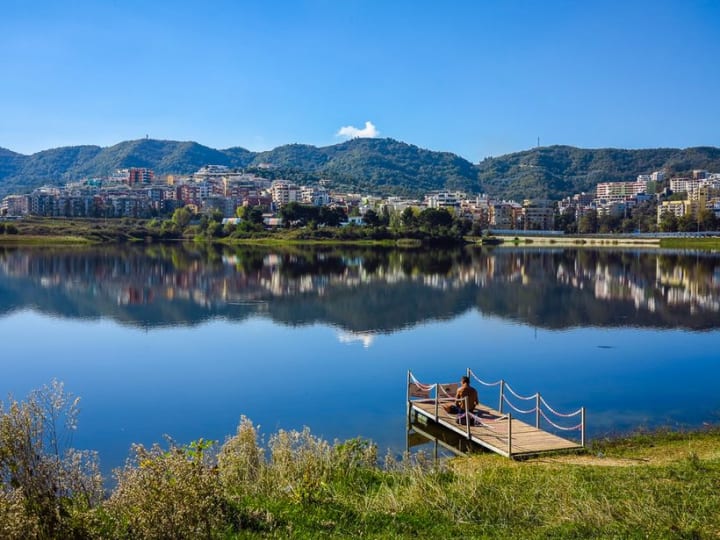
When you want to relax and take a leisurely stroll then head on over to Grand Park where the residents of the city come to rest at lunchtime, fish or swim. Here you’ll find Tirana Lake known as the “artificial lake” surrounded by lovely parkland. There are also some restaurants. At the west end is a dam and the Tirana Zoo. Walking eastward uphill there are several memorials. A well-kept cemetery for British troops who died fighting against Germans in WW II. Nearby are some gray stones that list the names of all of the German soldiers who died in Albania during this war. Upon the hill are the burial places of the Frasheri Brothers, who helped catalyze the Albanian national awakening in the late 19th century. Abdyl was the leader of the Prizren League; Sami was a radical agitator for an independent Albanian republic; and Naim was the first major Albanian-language poet.
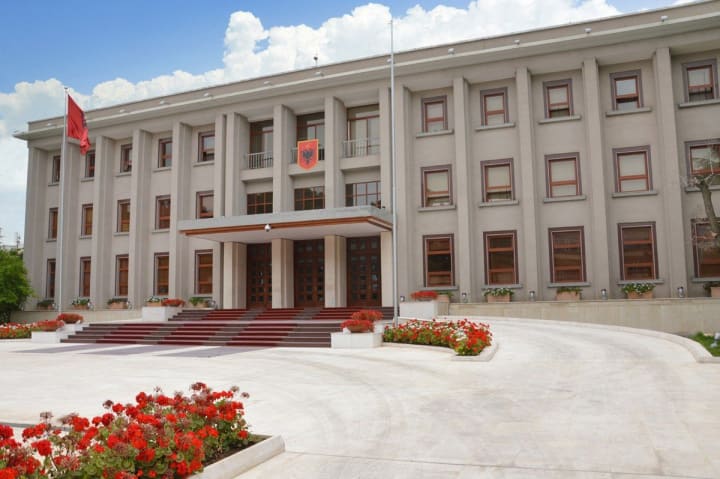
At the far edge of the park is The Palace of the Brigades, once the residence of King Zog. It is named after the partisans who captured it during WW II. Today it is the Presidential Palace and the official residence of the President of Albania.
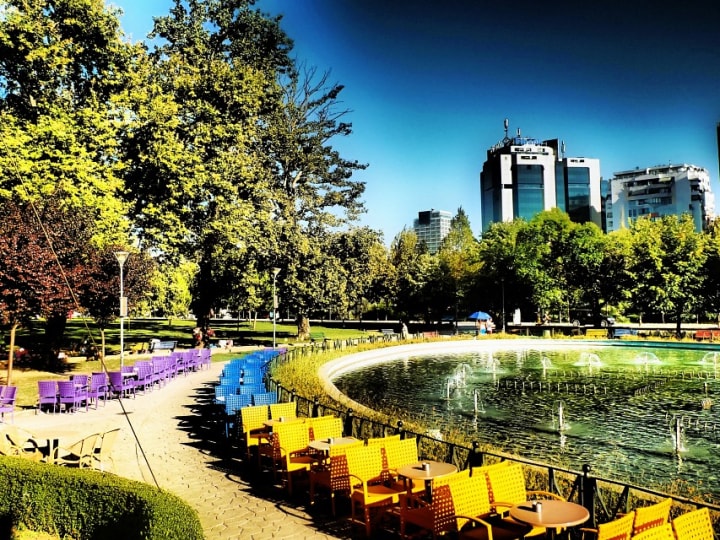
Rinia Park is a public park in the center of Tirana. There is an unusual spidery kind of white building which is an entertainment complex called Taiwan Center. The park took the name of this complex.
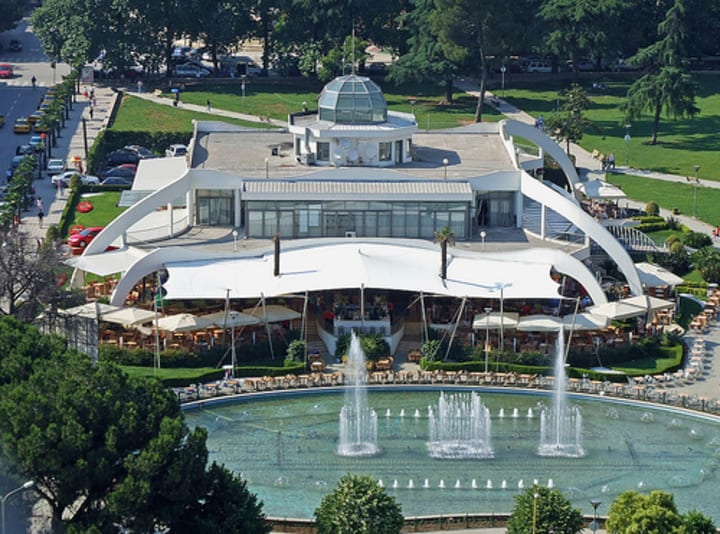
Inside you’ll find restaurants, a terrace café, bowling alleys and even a casino. However, the main attraction of this park is the fountain located in front of Taiwan which offers a light show in the evenings.
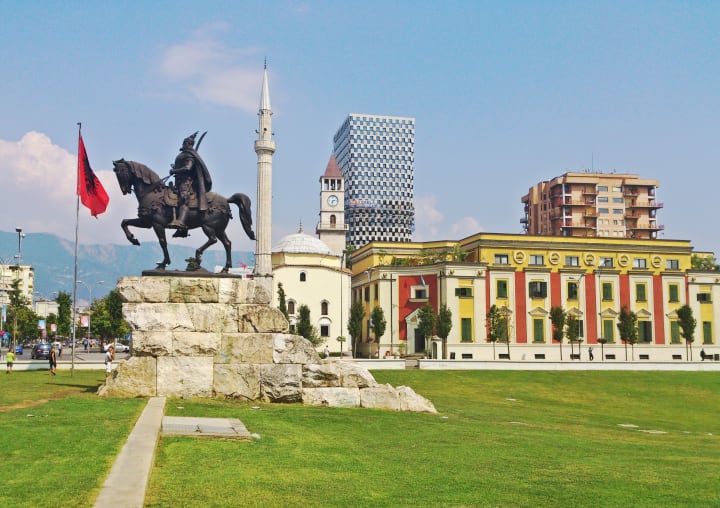
The city’s main square is Skanderbeg Square. There is a vast traffic circle around the central lawn. The square is quite large. Here you’ll find the Soviet-built Palace of Culture which is now the home to the Opera and the National Library. The mosaic on the National History Museum depicts the flow of Albanian history. Other fascinating buildings include The Puppet Theater, the National Bank and the Et’hem Bev Mosque. There is also the impressive statue of Skanderbeg.
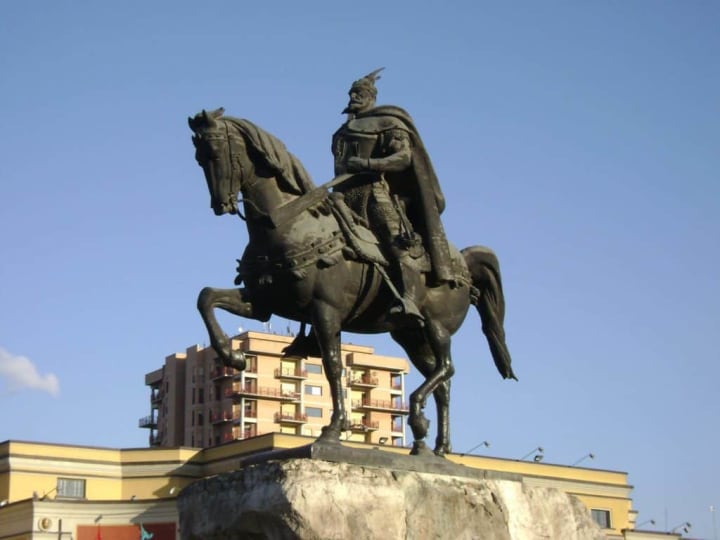
Gjergi Kastrioti known as Skanderbeg in English and Skenderbej in Albanian is looked upon as the only historical figure who counts as an Albanian national hero. He was able to create an independent Albanian princedom and keep it free for up to 25 years. When Albania was under Ottoman rule Skanderbeg’s legacy preserved the Albanian national identity throughout all of the 500 years of their rule. Albanians look upon him as not only the father of their nation but also as the man who saved all of Europe from the Ottoman Empire. Skanderbeg’s Statue was unveiled in 1968 exactly 500 years after his death.
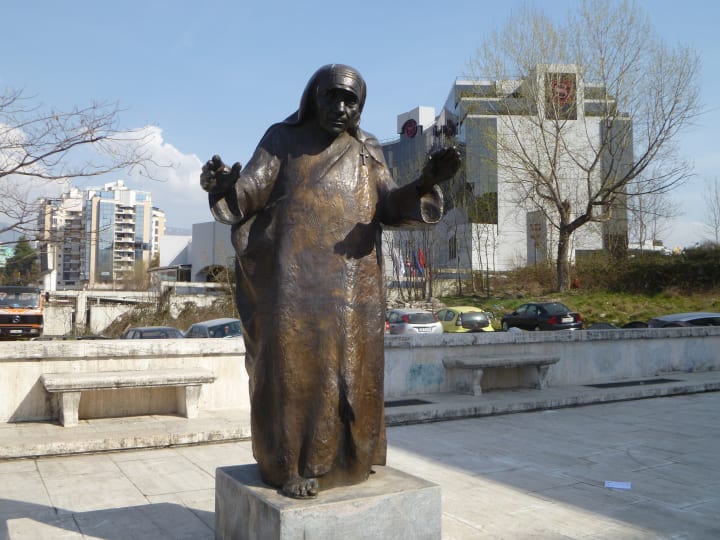
A statue of Skopje-born but ethnic Albanian Nene Tereza or Mother Teresa can be found in the southeast corner of the square with her name. This is the second most important square in Tirana after Skanderbeg Square. Here you’ll find the University of Tirana, the Archeological Museum and the Qemal Stafa Stadium behind the square. South of the square is Grand Park.
About the Creator
Rasma Raisters
My passions are writing and creating poetry. I write for several sites online and have four themed blogs on Wordpress. Please follow me on Twitter.
Enjoyed the story? Support the Creator.
Subscribe for free to receive all their stories in your feed. You could also pledge your support or give them a one-off tip, letting them know you appreciate their work.


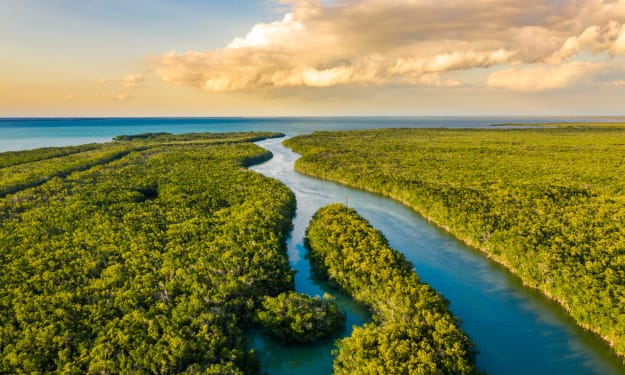
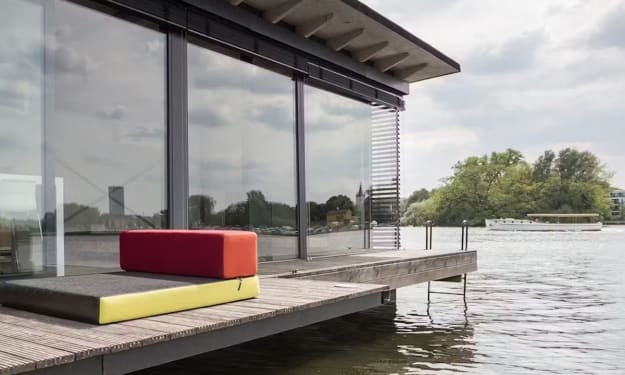


Comments
There are no comments for this story
Be the first to respond and start the conversation.